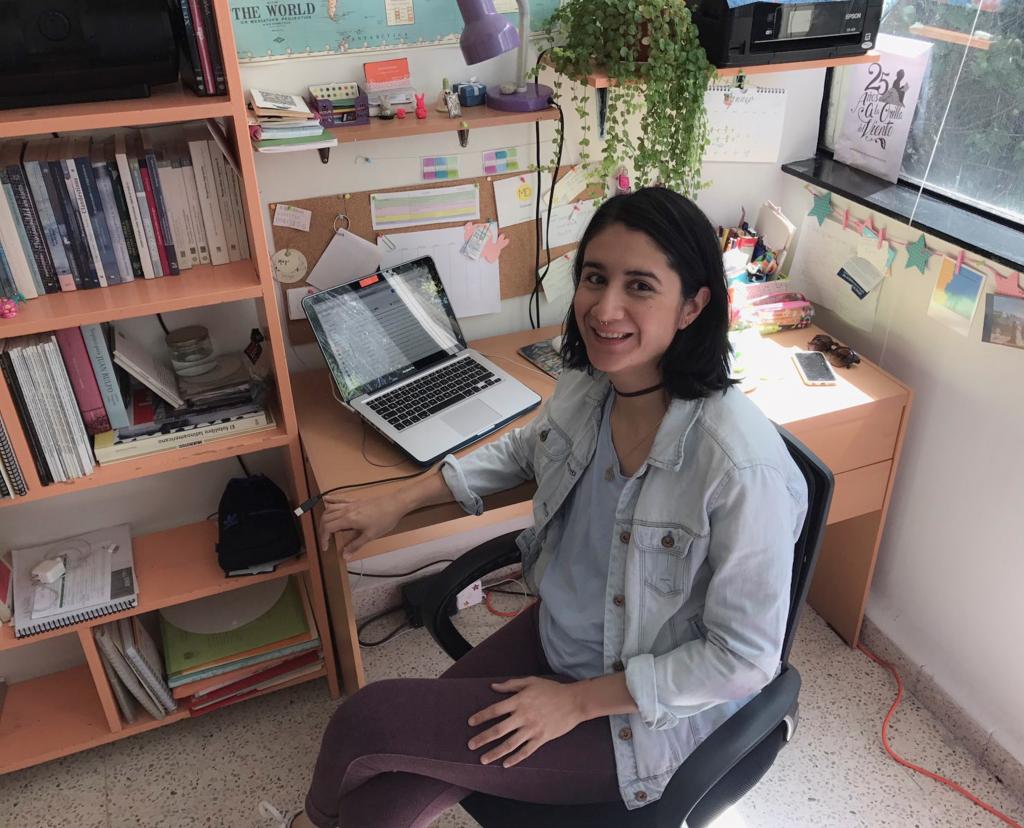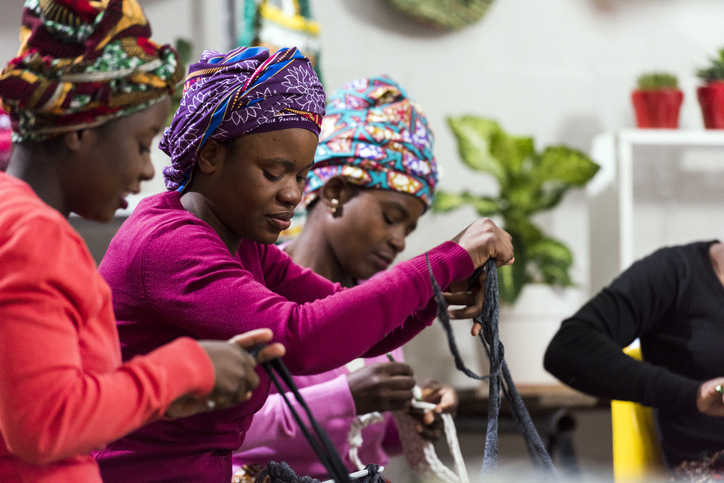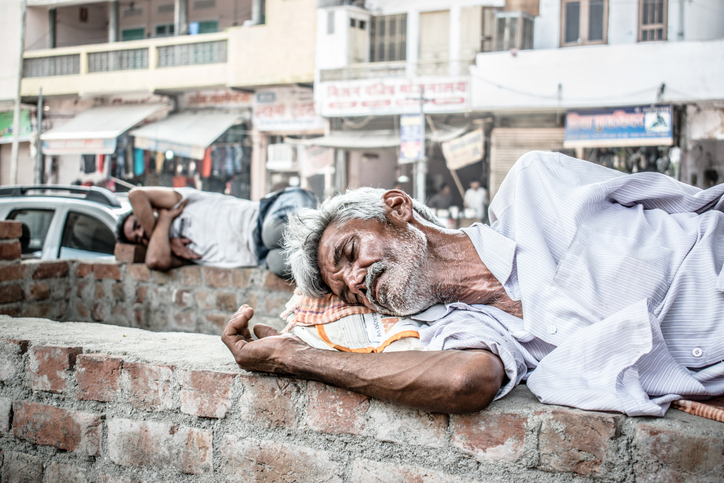For many people in Mexico, contact with migrants in transit to the United States is part of their everyday lives. This column describes some of the experiences and attitudes of these “solidarity communities”, and the compassion they show towards migrants. The author draws lessons for migration policy: rather than framing migration as a security problem, government authorities need to start working with human rights organizations and with residents who help migrants in transit. The act of solidarity should not be a crime.
We are all familiar with the story of Central American migrants making their way through Mexico in the hope of reaching the United States to work as undocumented labor. But less is known about the people who live in transit communities and help the migrants as they pass through.
In my research, I explore perceptions and feelings about migration from the point of view of those for whom contact with migrants in transit is part of their everyday lives. I travelled to Veracruz, Tabasco and Estado de México to document the way that transit migration has affected residents of the so-called “transit communities” or “places of transit” through which migrants must travel to reach their destinations. My intention has been to give authority to the voice of these communities, and highlight their knowledge and practices.
One of the things that impressed me most is the empathy and compassion shown toward migrants by residents of transit communities. I refer to them as “solidarity communities”, for the help they provide to migrants. This assistance is an act of resistance to the criminalization of migrants by the state.
In these inhospitable transit places, the inhabitants “hold” the migrants’ movements. This “hold” of their travel consists of creating basic conditions so that the migrants can keep moving. Residents are concerned about safeguarding and pursuing migrants’ most fundamental human rights, such as food, shelter, and free transit.
The experiences of the inhabitants of solidarity communities and their interest in helping migrants are intimately related to their proximity to the phenomenon of migration itself, either because their children migrated to the United States or because they themselves migrated to the place where they currently live. For example, Toña, a woman from Xalostoc, Estado de Mexico, who shows solidarity with migrants told me, “My son is there [in the United States], he went to adventure. And if I shake hands with you, my children will have someone else who will hold their hand.”
These solidarity groups have seen migrants become a growing part of their daily lives. A woman from Macuspana, Tabasco, who offers housing to migrants in her home explained, “In this little house that I have… sometimes they were staying three, four, five days here … after a few months, this began to happen more and more…”
Toña shared with me an experience in which she helped migrants who were being hunted down by the migration police: “I told them, leave, little by little but crouch down, so, look, like little insects, then I told them: there is a grocery, go there and you have to tell them that you have come from me and they will let you in. That day we hid like 20 migrants.”
Toña believes that the act of solidarity should not be a crime. Nevertheless, recently, along with the criminalization of migration, the Mexican government has criminalized showing solidarity with migrants in various parts of the country. But what is striking is that, in contrast with the government’s discourse of national security, the people who live in solidarity communities and see migrants on a daily basis do not consider migrants a security problem.
Consider this example. One day, Toña found Sandy, a Honduran migrant, and her daughters on the tracks of the Xalostoc train. She gave them all lodging in her own home. “So I broke the piggy bank for Sandy to get lodging … we prepared mats, blankets, we took cookies for the children … she spent the night, and the months passed, the years passed and they never left… Sometimes she left the children to look for work or to work. I used to take care of them, we made a family, my children adapted to them.” These are not the actions of people worried about security.
To migration policymakers, the lives of migrants are not a high priority. In my research, I have seen how solidarity between migrants and transit communities is an act of protest against current migration policies. Migrants and solidarity communities are both vulnerable, but together they can defy the state.
My observations of the daily interaction between migrants and inhabitants of these places suggest the need for migration policies based on an integrated perspective – one that includes the cultural implications of transit migration, and sees this transit as a human right rather than a national security problem.
That is why we need migration policies that appreciate the complexity of the phenomenon, ensuring the welfare of both the solidarity communities and the migrants in transit. In that sense, solidarity communities show we need to change our perspectives about people in transit. As Rocio, who volunteers in a migrant shelter in Acayucan, Veracruz, told me, “I changed my perspective when I saw the situation… to see the priorities, the needs definitely humanizes you.”
Policymakers in Mexico and elsewhere must stop framing migration as a security problem. That framing is itself an act of violence against migrants and against people who live in transit communities and help migrants.
Based on my observations, three things need to change.
First, government authorities need to start working with human rights organizations and with residents who help migrants in transit. These groups have important knowledge and experience to share because migration is part of everyday life for them: it is not an anomaly.
Second, authorities should provide transit communities with infrastructure so that they can attend to the needs of migrants in transit. This can be done more effectively and in a more humanitarian way than through the police or military. It is important to note the emotional support that these interactions provide for migrants, which can reduce their vulnerability along the rest of their journey.
Third, formal protocols are needed to safeguard people who work with migrants. These steps are needed to stop the creation of a hostile and precarious environment in which migrants are forced into hiding. Migrants should be allowed to continue on the road safely to their destinations.






